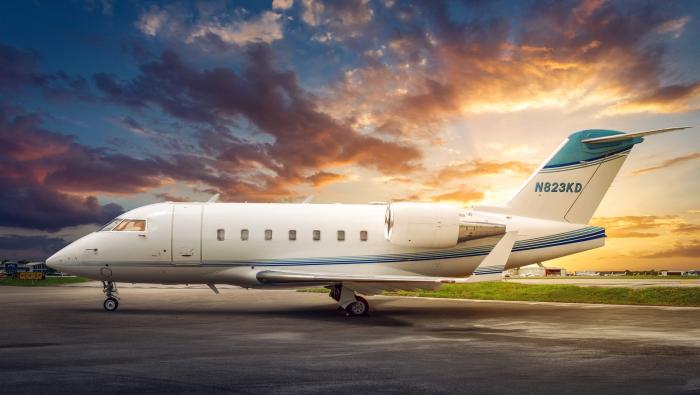Hangar rash, or damage to aircraft during hangar movements, is a major cost to the industry and one that Hangar Safe, a California company making its NBAA-BACE debut this year, looks to reduce or even eliminate. Under development for the past five years, the company has developed an AI-based hangar rash avoidance system, which recently completed a successful beta test program. Hangar Safe—which is booked through the end of the year—is now accepting 2024 installation slots.
According to CEO Ryan Crowl, his impetus to create the system was based on real-world experience gathered from his “day job” as the president of Meadows Field (KBFL) FBO Loyd’s Aviation.
He noted the passive system is always active. “The tug operator does exactly what they normally do, they don’t have to turn anything on, they can’t turn anything off,” he told AIN. “They use their normal towing procedures and this system augments what they are doing.”
Crowl described the function as similar to the backup camera on today’s modern automobiles, alerting tug operators when they encroach on a pre-determined safety zone.
“As they get close, it starts chirping an alarm and flashing lights in the hangar, and then when they get to a final barrier—which we normally set at three feet—it sets off a solid alarm, the lights turn red, and the hangar owner gets an automated email with imagery of what happened,” he explained.
Installation involves 10 to 35 ceiling-mounted warrantied cameras depending on the hangar size, along with warning light bars positioned around the hangar. The installation cost for the system starts at $2,500 and the monthly subscription fee is $900. “We want to keep the upfront costs low,” said Crowl. “We know that FBOs operate on real thin margins.”
The system requires only an electrical outlet and internet connection from the hangar owner, and it automatically updates. By design, Hangar Safe does not offer any visual interface for the tug operator. “We specifically didn’t want that because we don’t want line guys looking at tables and screens when they should be looking at airplanes and walls,” noted Crowl.







